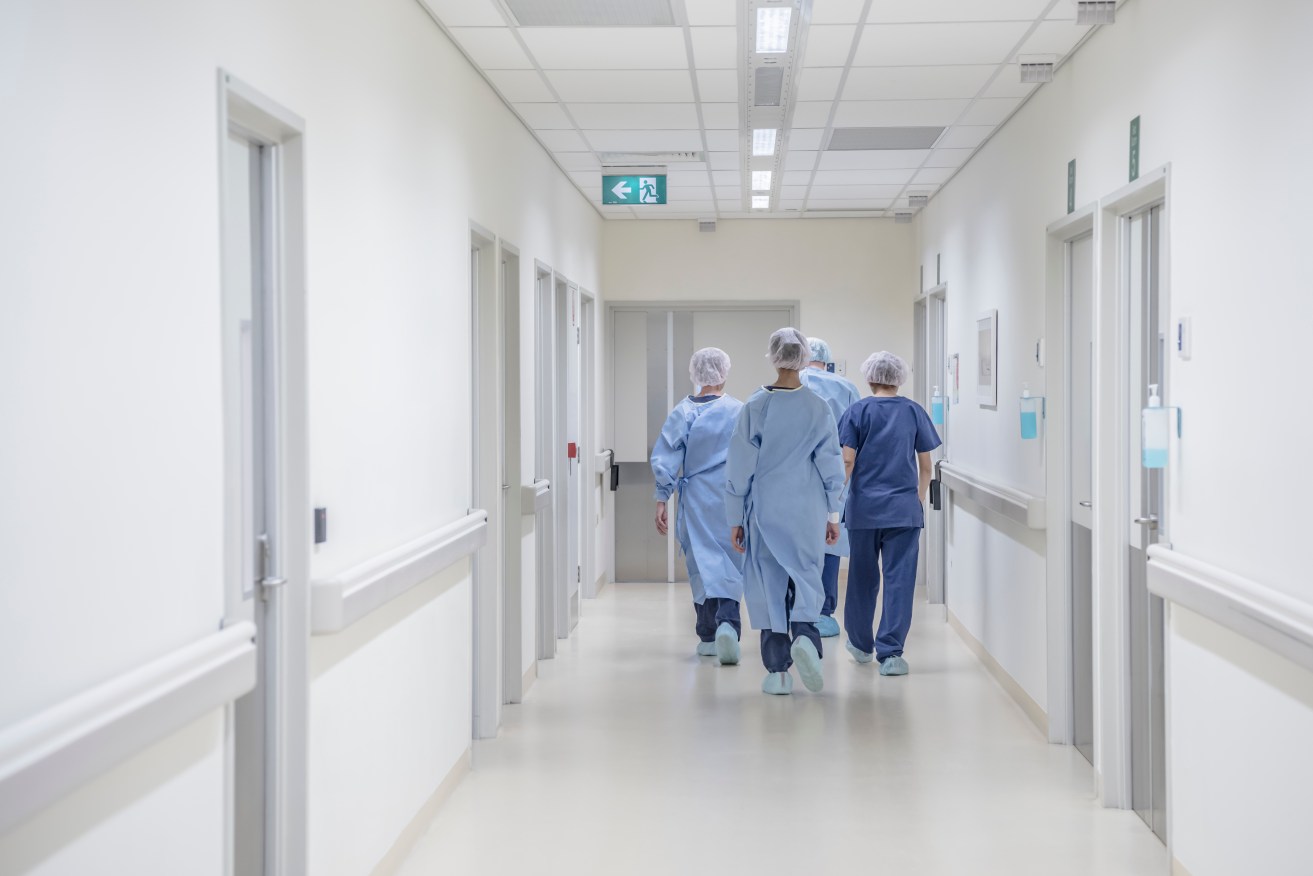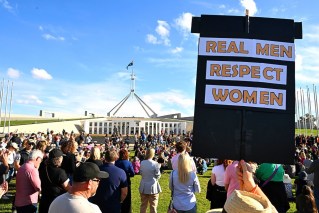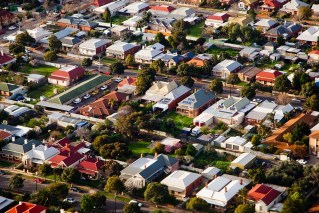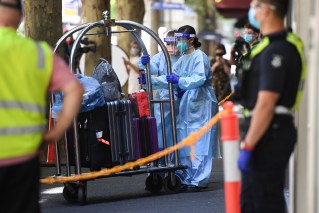Grim state of hospitals revealed, as Australians wait longer than ever for elective surgeries


The AMA has taken aim at insurance policies raking in huge profits but offering less rebates. Photo: Getty
New data has revealed Australians are waiting longer than ever for elective surgery, with the waiting list for certain surgeries quadrupling since 2018.
The newly released Australian Institute of Health and Welfare (AIHW) 2022-23 data revealed the number of patients on wait lists increased by 18 per cent between 2021-22 and 2022-23, and 44 per cent of people who attended an emergency room were waiting more than four hours to receive treatment.
Professor Steve Robson, president of the Australian Medical Association (AMA), said in a statement that people are waiting years for essential surgeries and enduring long waits in emergency departments because of a lack of capacity in hospitals.
“Australia’s public hospital performance is at its worst since AMA started tracking the data 20 years ago,” he said.
“Public hospitals are inadequately funded and resourced.”
COVID-19 brought about highly publicised stress on Australia’s health services, and waiting times for elective surgeries – or a surgery booked ahead of time after a specialist assessment – and emergency treatment have ballooned as a result.
Elective surgeries can be considered medically necessary and may be urgently required, but aren’t the result of a person attending an emergency hospital.
Robson said the number of people waiting more than a year for hip- and knee-replacement surgery has quadrupled since 2018-19.
“It’s important for us to remember that behind each number are real people whose lives are being severely impacted by serious health conditions that require surgery,” he said.
“We are seeing more and more Australians die waiting for these essential surgeries, with more than 12,000 deaths in 2022-23, up from 9000 the year before.”
The data
AIHW spokesperson Clara Jellie said in the statement the total number of admissions to hospitals from the public elective surgery waiting lists in 2022-23 had increased, but it was still lower than before the pandemic.
“Public hospitals made concerted efforts during 2020-21 and 2022-23 to work through procedures earlier delayed when non-urgent surgeries were suspended,” she said.
“But because of these earlier delays, overall waiting times for people admitted for care have increased.”
Nationally, there were 735,500 people on the elective surgery waiting list admitted to public hospitals in 2022-23, compared to 623,000 in 2021-22.
In the last year before the pandemic, that number was at 758,000.

Elective surgeries can be urgent, even though they aren’t the result of an emergency room visit. Photo: Getty
Half of those 735,500 people received their surgery within 49 days, compared to 40 days the previous year, and 9.6 per cent of patients waited longer than a year for their surgery.
‘In the five years prior to the COVID-19 pandemic, presentations to public hospital emergency departments steadily increased by an average of 3.2 per cent per year,” Jellie said.
“In more recent years the numbers have fluctuated and increased at an annual average annual rate of 1.3 per cent over the most recent five years.”
AIHW’s data showed that while waiting times have increased, the majority of patients requiring the most urgent category of care continued to be seen within a reasonable time frame.
About 78 per cent of patients in Tasmania spent more than four hours in emergency departments before being admitted to hospital, making it the worst-performing state in the country.
Reform required
Robson said major reforms of funding agreements for hospitals and an urgent injection of funds are required to address immediate issues.
He said a 50-50 funding split between the states and territories and the federal government, and funding for performance, would help address the poor performance of hospitals.
Currently, the federal government contributes 45 per cent of the healthcare cost, but throughout the COVID-19 pandemic states pushed for an even split.
The result was a short-term agreement for an even funding deal, which ultimately expired in 2022.
The Department of Health was contacted for comment.






